Excessive alcohol use includes binge drinking, heavy drinking, and any alcohol use by pregnant women or anyone younger than 21 years. Binge drinking is defined as a pattern of alcohol consumption that brings the blood alcohol concentration (BAC) level to 0.08% or more (legally intoxicated). Heavy drinking is defined as consuming 8 or more drinks per week for a woman or 15 or more drinks per week for a man. Excessive alcohol use can increase the risk of harmful health conditions, injury and death.
Why It’s Important
Excessive alcohol use is responsible for about 140,000 deaths per year in the United States (US) and about 1 in 10 deaths among working age adults. In fact, it is estimated that lives are shortened by 26 years due to excess alcohol consumption.1 Excessive alcohol consumption incurs various costs due to decreased workplace productivity, health care expenses, legal expenses and expenses related to motor vehicle crashes and property damage. Nationally, excessive alcohol use is responsible for $250 billion in economic costs per year or about $2.05 per drink and $807 per person. The estimated cost of excessive alcohol use in Hawaiʻi was $937.4 million per year or about $1.58 per drink or $689 per capita.2
What Is Known
Alcohol is the most commonly used and abused drug among youth in the US.
- Underage drinking by people aged 12 to 20 years accounts for 16% of all alcohol consumed in the US.1
- In 2020, 18.9% of adults in Hawaiʻi reported excessive drinking (binge drinking or heavy drinking) in the past 30 days (BRFSS 2020).
In addition to alcohol use disorders, excessive alcohol is associated with many health problems including:3
- Chronic diseases like cirrhosis, pancreatitis, high blood pressures, various cancers and psychological disorders
- Unintentional injuries like motor vehicle crashes, falls, drownings, firearm injuries and burns
- Violence such as child maltreatment, homicide and suicide
- Unintended pregnancy and sexually transmitted infections
- Poor pregnancy outcomes–fetal alcohol spectrum disorders, increased risk of miscarriage, premature birth, stillbirth, and sudden infant death syndrome
Who Is at Risk
Binge drinking is the most common, costly and deadly pattern of excessive alcohol use in the US and in Hawaiʻi where 17% of Hawaiʻi adults reported binge drinking in the past 30 days (BRFSS 2020).
- Young people are more likely to report binge drinking – 1 in 3 adults aged 25-34 and 1 in 4 adults 18-24 or 35-44 binge drank in the past month.
- Men are twice as likely to binge drink as women – 26.1% compared to 12.9%
Alcohol use is also common among students. According to the 2019 YRBS:
- 10,800 students drank alcohol in the past 30 days – 20.4% of high school (HS) students and 7.0% of middle school (MS) students
- 4,800 HS students (10.9%) reported binge drinking in past 30 days
- 1,400 MS students (4.6%) reported ever binge drinking
How To Reduce Risk
The Dietary Guidelines for Americans 2020-20254 advises that adults who choose to drink should do so in moderation‒defined as up to 1 drink per day for women and up to 2 drinks per day for men. However, the guidelines do not recommend that people who do not drink should start drinking for any reason. They also state that people who are or who may be pregnant, who are underage, who have certain medical conditions, are taking certain medications, or are recovering from alcohol use disorder should not drink.
Page last updated July 29, 2022
References
1 Underage Drinking. Center for Disease Control and Prevention. https://www.cdc.gov/alcohol/fact-sheets/underage-drinking.htm Updated April 14, 2022. Accessed July 21, 2022.
2 Sacks JJ, Gonzales KR, Bouchery EE, Tomedi LE, Brewer RD. National and State Costs of Excessive Alcohol Consumption. Am J Prev Med. 2015; 49(5):e73-e79. doi:10.1016/j.amepre.2015.05.031
3 Alcohol Use Basics. Center for Disease Control and Prevention. https://www.cdc.gov/alcohol/fact-sheets.htm Updated July 5, 2022. Accessed July 21, 2022.
4 U.S. Department of Agriculture and U.S. Department of Health and Human Services. Dietary Guidelines for Americans, 2020-2025. 9th Edition. December 2020. Available at DietaryGuidelines.gov.





